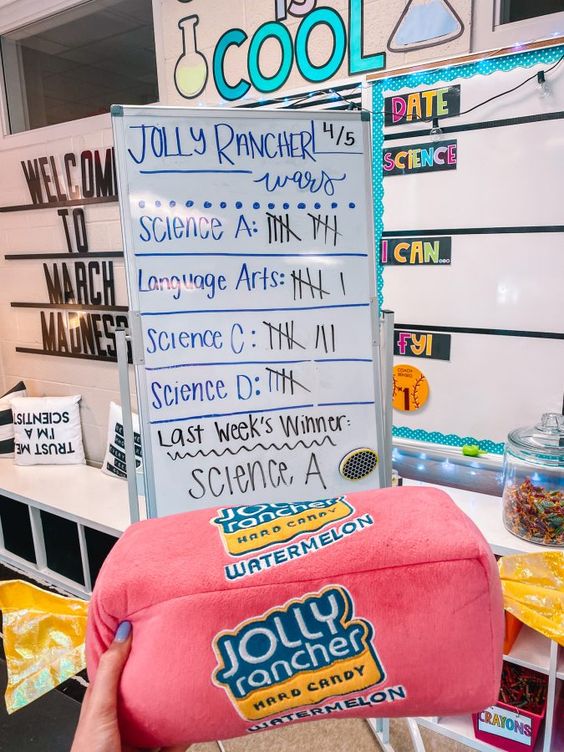Introduction:
Teaching literature that reflects the diversity of our world is essential to understand and appreciate the complexity of human experiences. Anthologies allow students to enjoy different voices, perspectives, and stories from various authors. Here is a list of 10 diverse anthologies that would resonate in middle and high school classrooms.
1. “Flying Lessons & Other Stories” edited by Ellen Oh
This anthology includes ten short stories from highly acclaimed, diverse authors. Each story features characters from various backgrounds overcoming obstacles and personal challenges.
2. “Here We Are: Feminism for the Real World” edited by Kelly Jensen
This collection of essays, poems, and artwork highlights feminism in the modern world and allows young readers to engage with contemporary feminist conversations through various forms of expression.
3. “Take the Mic: Fictional Stories of Everyday Resistance” edited by Bethany C. Morrow
In this anthology, powerful young voices challenge prejudice, racism, sexism, and other forms of discrimination through their raw and authentic stories.
4. “A Phoenix First Must Burn: Sixteen Stories of Black Girl Magic, Resistance, and Hope” edited by Patrice Caldwell
A collection that celebrates the Black girl experience through science fiction, fantasy, magic realism tales showcasing resilience, strength, and hope.
5. “Open Mic: Riffs on Life Between Cultures in Ten Voices” edited by Mitali Perkins
This book shares ten diverse stories about living between cultures and finding one’s identity amidst racial stereotypes.
6. “Unbroken: 13 Stories Starring Disabled Teens” edited by Marieke Nijkamp
Featuring stories representing a diverse range of disabilities from different perspectives, this anthology empowers disabled teens as protagonists who overcome adversity.
7. “Meet Cute: Some People Are Destined to Meet” edited by Jennifer L. Armentrout
A compilation of 14 short, heartwarming stories exploring the first meeting of various couples. Each story introduces readers to diverse characters and relationships.
8. “Toil & Trouble: 15 Tales of Women & Witchcraft” edited by Jessica Spotswood & Tess Sharpe
An empowering collection that brings together fifteen witchy tales, which showcase the struggle, resilience, and strength of young women from different backgrounds.
9. “Proud: Stories, Poetry, and Art on the Theme of Pride” compiled by Juno Dawson
This anthology covers the LGBTQ+ spectrum by offering insightful experiences, emotions, and expressions through stories, poems, and artworks celebrating pride.
10. “Our Stories, Our Voices: 21 YA Authors Get Real About Injustice, Empowerment, and Growing Up Female in America” edited by Amy Reed
A powerful anthology that features personal narratives from 21 female authors discussing their own experiences with injustice, empowerment, and growth in America.
Conclusion:
Each anthology contributes to vital conversations about inclusion, representation, understanding different cultures and identities in contemporary literature. Adding these anthologies to your middle school or high school classroom will foster acceptance and create a connection among students while sparking vital dialogues.








